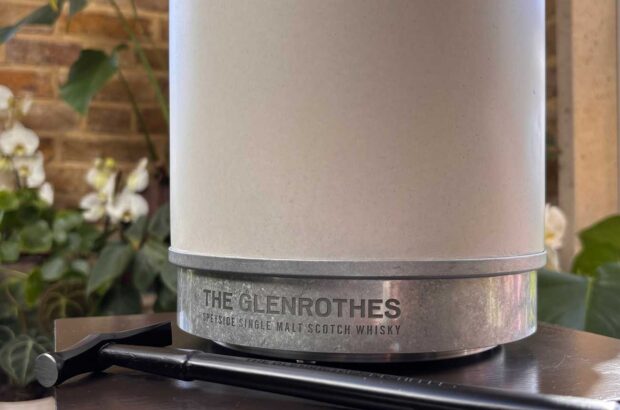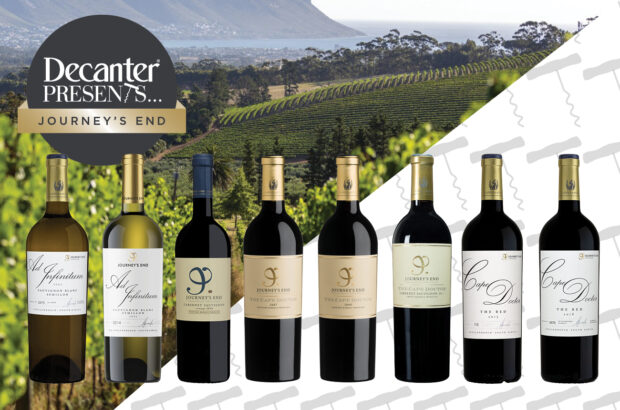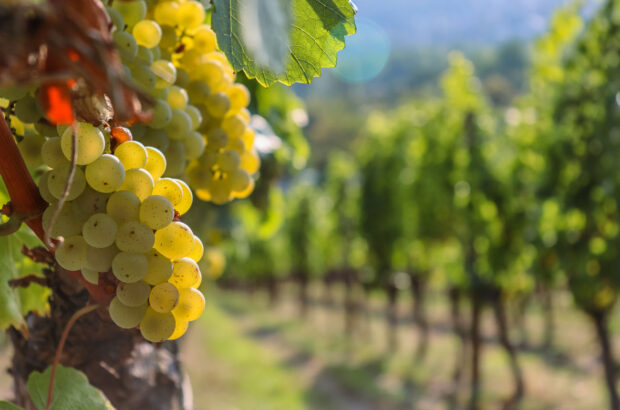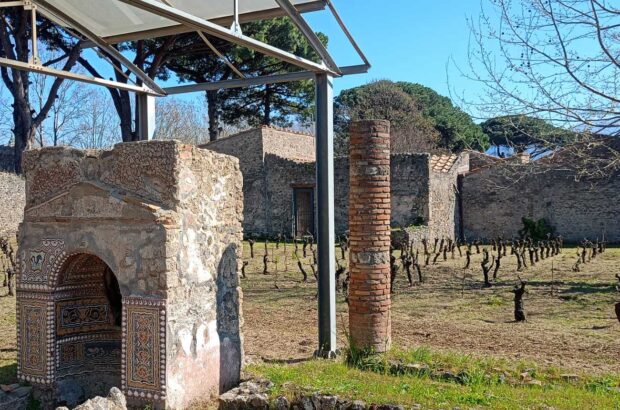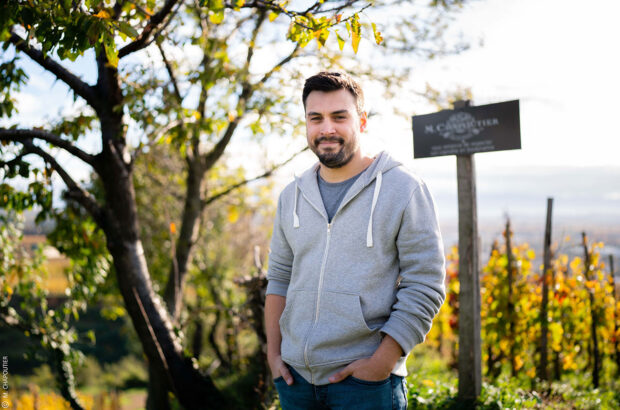Griveau remains upbeat about the organic conversion despite the seldom-seen pressure from downy mildew during the growing season of 2024. She notes that the organic methods are not a new initiative but the culmination of many years of work. Her predecessor, Roland Masse, held the first organic trials in 2010-2011, and the approach has been fully in place since 2017, the year in which Griveau stopped using all synthetic preparations in the vineyard.
To carry out this type of work, it was necessary to replace the tractors and spraying equipment and to retrain the staff, although it was relatively easy to convince the Hospices. ‘It is a hospital where they are healing people, so they easily understood a measure to heal the earth,’ said Griveau.
Griveau has maintained the agreement of the Hospices and her staff: ‘We’ve taken the bet; this is now a personal conviction.’ The Hospices has 23 staff to work the vines, roughly one person for every 2.5ha. Everyone tends and picks the same parcel each year, and Griveau counts the expertise acquired with this method as crucial to its success.
There have been other changes at the Hospices in addition to the work on the vines. The impressive holdings from the hill of Corton are now treated parcel by parcel rather than being blended together.
The Docteur Peste cuvée comes completely from Corton Chaumes, and the cuvée Charlotte Dumay is now made exclusively with grapes from Corton Bressandes. The parcel of Bressandes that was blended into Docteur Peste has now been added to Charlotte Dumay, and Griveau is vinifying the Corton Renardes that used to go into Charlotte Dumay separately to make a new, widely lauded Corton Renardes cuvée.
This separation allows greater precision in making the wines, with better maturity of tannins in the vineyard and a more thoughtful extraction during winemaking: ‘There is no “recipe” for punching down or pumping over,’ said Griveau. ‘It is adapted to each cuvée’.
Perhaps even more importantly, Griveau has modified the approach to the barrels used for winemaking. The Hospices long suffered a reputation for a touch too much oak. Today, the staves are all dried for 36 months, and the toasting of the barrels can be changed for each cuvée to give a finer, more elegant result. ‘With Beaune Teurons, one must be gentle, but with Pommard, one needs a firmer hand,’ Griveau said.
After earning a double diploma as both an agronomist and oenologist from the University of Dijon, Griveau worked in Burgundy and Australia before settling into the role of technical director at Corton André. In 2015 she took over from Roland Masse as régisseur of the Hospices, the first woman to fill this role.
Griveau is at the head of a domaine managing 60ha spread over 117 parcels stretching from Vézélay (new this year) to Pouilly-Fuissé, and the quality of the wines and the success of the sale both testify to her growing expertise with these wines. Last year marked the 163rd auction organised by the Hospices, which earned more than €23m from 753 barrels.
The hospital was founded in 1443 by Nicolas Rolin and his wife. Rolin was the chancellor of Philippe le Bon, Duke of Burgundy. Over the centuries it have amassed impressive vineyard holdings, and in 1859 began the tradition of auctioning barrels of the finished wine.
For many years the auction was open only to registered Burgundian négociants, and clients who wished to purchase a barrel had to find someone to bid on their behalf. The sale was long seen as a bellwether of the industry in Burgundy, and the trade watched the prices achieved in an effort to gauge the direction of the market. This system changed in 2005, when Christie’s auction house took over the management of the sale and opened the bidding to private clients.
Sotheby’s took over the role of hosting the auction in 2021, presiding over a steep jump in the price per barrel in a vintage where frost damage slashed yields. 2022 also saw record prices, but the average price per barrel dropped by nearly 15% in 2023, and there were fewer barrels despite a particularly abundant crop in 2023. This is due to the fact that Griveau and her team sorted carefully to ensure top quality. Her commitment to the finest standards will undoubtedly stand buyers in good stead in the years to come.



